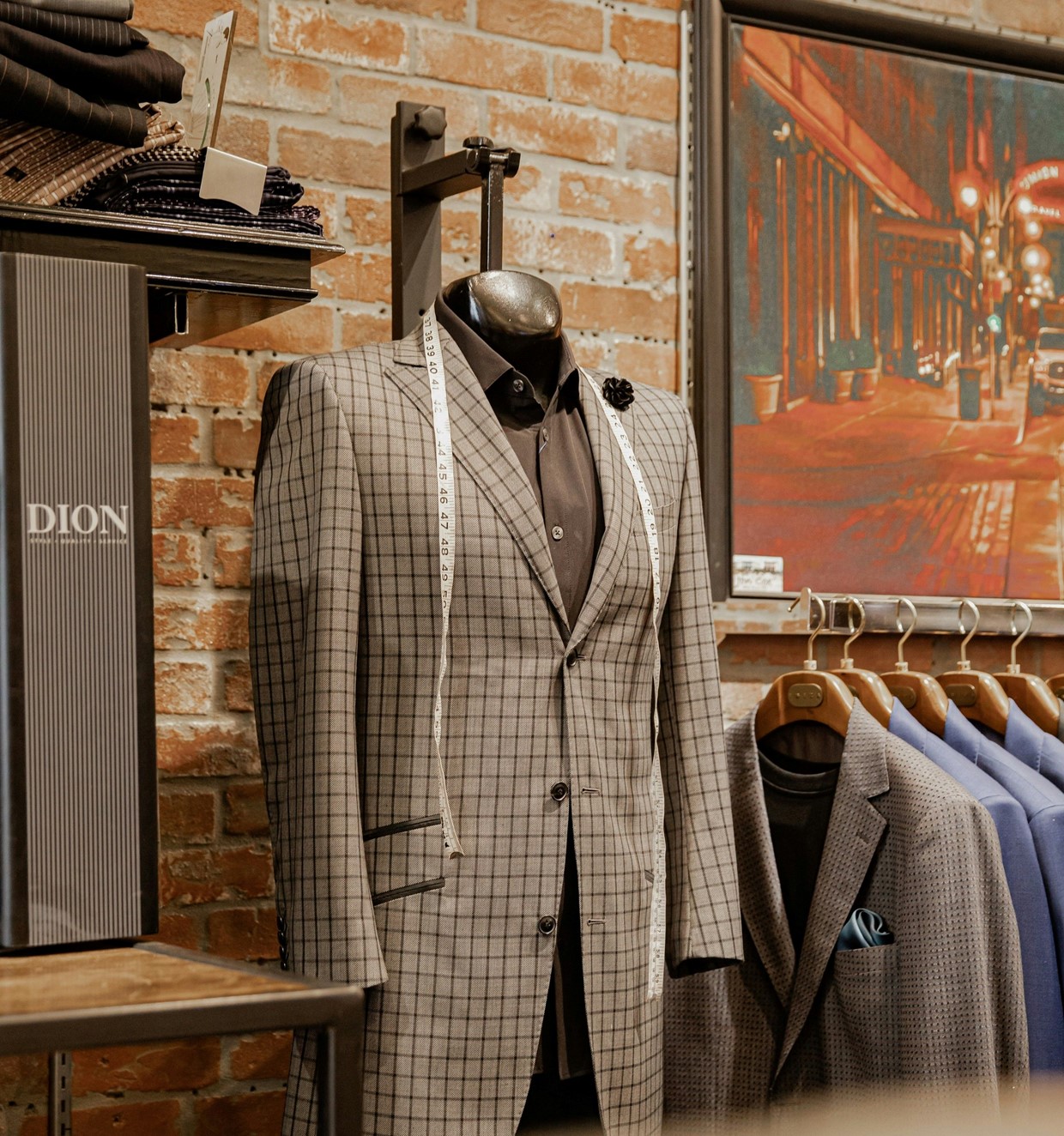Information checkedInformation unaudited Information geprüft Information ungeprüft The quiet fashion revolution


Banks and fashion – a combination that doesnʼt necessarily sound ready for the catwalk. But the outfits of the financial industry have changed over the last 30 years, just like the industry itself.
For the banking world, the 1990s were not only the era of Excel spreadsheets and fax machines but also the heyday of “power dressing”. Men and women adhered to a strict uniform of dark suits, white shirts, and colour-coordinated ties or silk scarves. Shoulders were broad, fabrics were heavy, and the palette was limited to shades of grey, black, or navy blue. Women often paired their suits with thick tights and high-heeled shoes.
The subtle difference
From the outside, it appeared almost monochrome, but a closer look revealed subtle distinctions: the height of a tie knot, the choice between Oxford and Derby shoes, or the design of cufflinks – small but meaningful status symbols. A minor fashion faux pas? Unthinkable!
The choice of tie knot, in particular, was not just a matter of personal preference but sometimes a strategic decision. The Windsor knot signalled confidence and elegance, while younger bankers often opted for the simpler four-in-hand knot.
With the 2000s came not only new technologies but also a shift in dress codes. Casual Fridays made their way into banking, and suddenly polo shirts and lighter colours appeared in the otherwise formal offices. The suit remained standard attire, but the rules became more relaxed – and, if you looked closely, you might even spot the occasional sports shoe in the office.
The new elegance of female bankers
The dress code in banks has also changed significantly for women. While in the 1990s, suits with strict cuts, shoulder pads, and muted colors dominated, today more variety is allowed. Pantsuits have become an elegant alternative to the classic skirt, and blouses can now be worn in softer cuts and with subtle patterns. Instead of pumps, stylish loafers or even sneakers are often seen in everyday office life. Modern female banker fashion represents confidence and individuality – it is professional, but at the same time comfortable and expressive.
Individuality meets professionalism
The dress code in the banking industry has evolved over the past ten years. Digitalisation has brought a start-up flair to the industry – and with it, a shift in style. Suits are still around, but they now have a slimmer cut and come in a wider range of colours. Shirts without ties have become socially acceptable, and even sports shoes can now officially be worn with a suit.
However, this new informality does not mean that the professional look has been lost. Instead, todayʼs dress code strikes a balance between individuality and professionalism. Modern bankers prove that confidence isnʼt just tied to wearing a suit.
Will the hoodie replace the suit? Probably not. While fashion in the banking world continues to evolve, one thing remains certain: Style, like the industry itself, is a reflection of the times.
